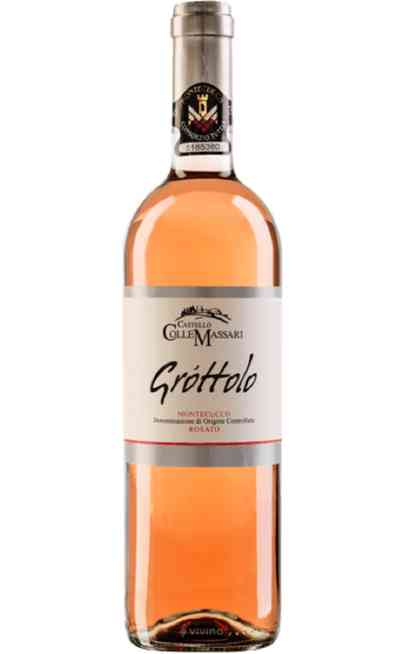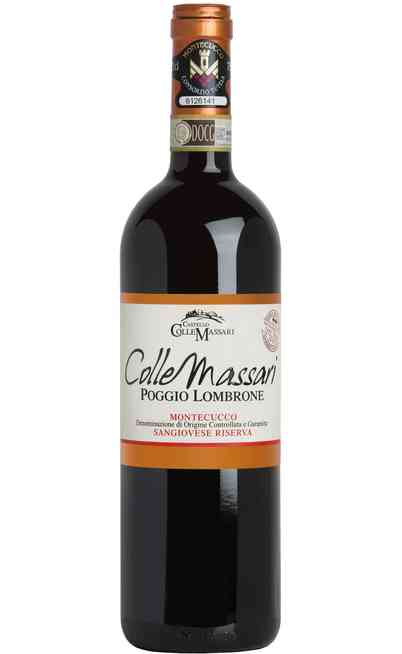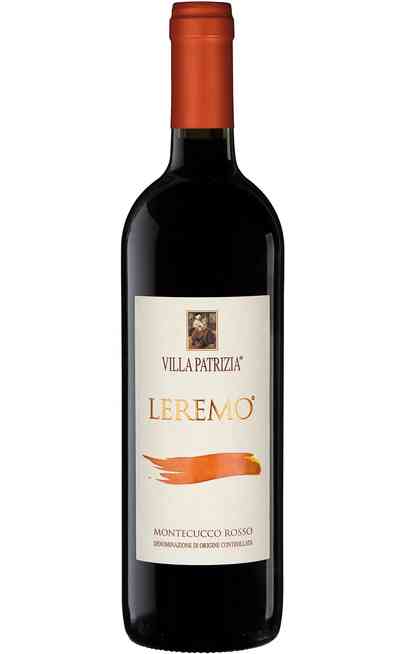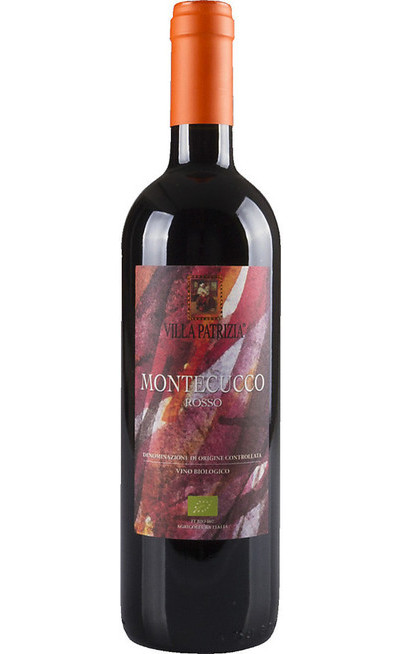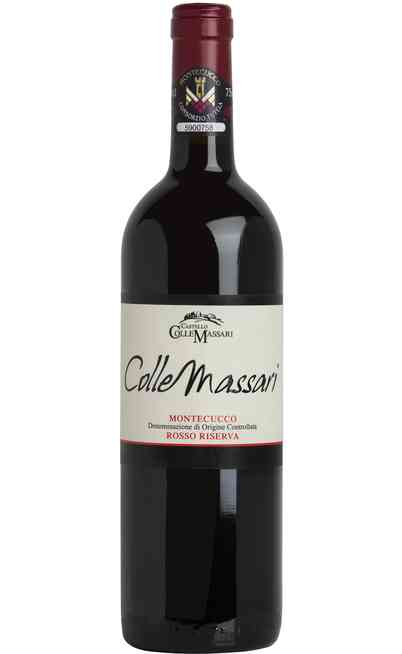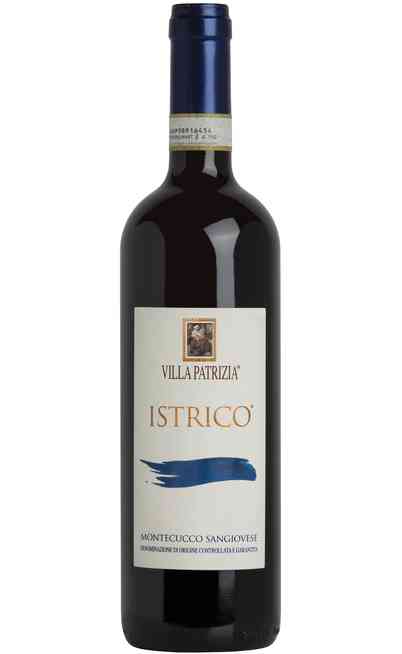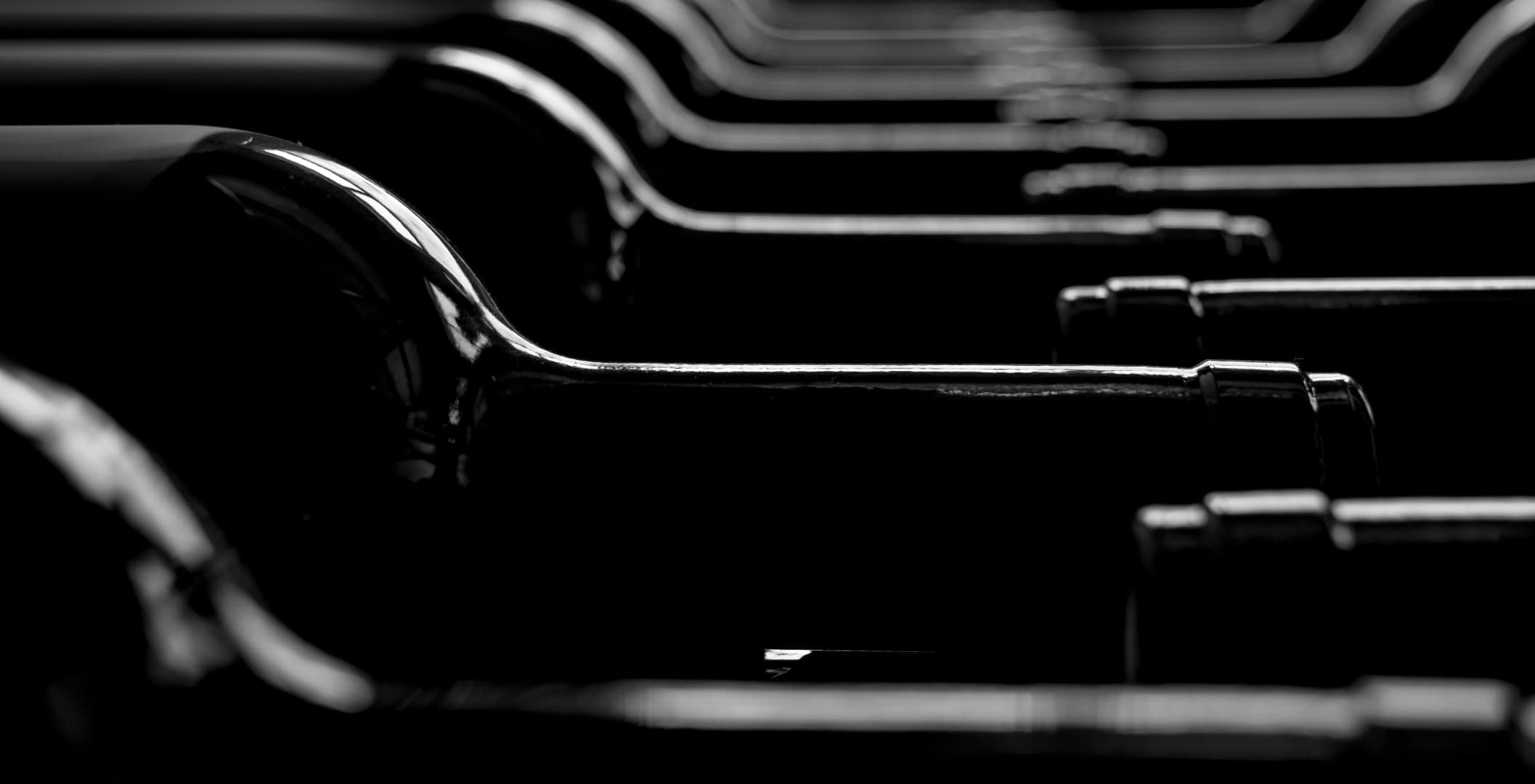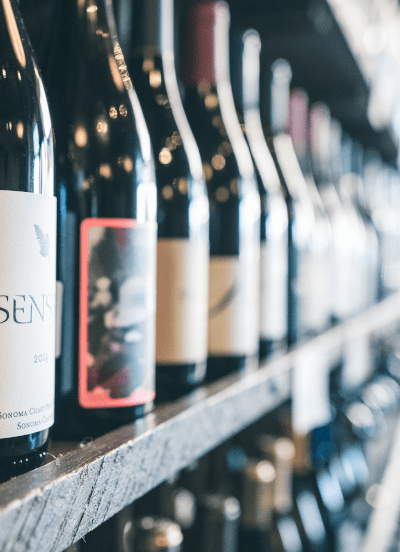
General description of wine and territory Montecucco Doc
The area of production of grapes used for the vinification of Montecucco DOC of Tuscany, exceptional red wine of great value, is within the province of Grosseto.
Specifically, it is geographically located in the North East of the City of Grosseto, on the hills of the Maremma and always extends to the east until you reach the slopes of the central Apennine cordon. To the south it extends to the borders of the DOCG area of Morellino di Scansano. It includes the areas of the municipalities of Cinigiano, Civitella Paganico, Campagnatico, Castel del Piano, Roccalbegna, Arcidosso and Seggiano.
The territory, highly suited to the production of grapes of Sangiovese”, enjoys extremely favorable climatic conditions. Rewarding is also the proximity to the Tyrrhenian Sea, a few kilometers as the crow flies, contrasts behind the presence of the now extinct volcano Amiata. These elements ensure adequate ventilation, a proper water supply during the winter months and the long and sunny summers characterized, among other things, by a significant daily temperature range, as well as the right contribution of minerals resulting from prehistoric volcanic eruptions, which are still strongly perceptible in the soil. This in fact is composed of sands and more or less fine earths of sandstone type, fragmented in the lower areas, the soil changes its composition along the slopes of Mount Amiata, where it is claimed the presence of lava compounds, which give the vine & ldquo;mineralità” and & ldquo;sapidità” to the wines produced with it. The distinctive traits of Montecucco DOC are the result of the combination of this territory and the expert hands of the farmers. The Sangiovese grapes that develop in this area take on great value and an invaluable value, also recognized internationally.
Of particular importance is the ampelographic base of this magnificent Tuscan red wine because, it is able to desinarsi in different types, all of excellent quality and each with a particular characteristic. You can find them all on our online wine shop at great prices.
The “Montecucco” Red and Red with mention “Riserva & rdquo;. &E' composed of Sangiovese grapes, at least for 60%. May contribute to the production of this wine, red berried grapes of other vines suitable for cultivation under of the Tuscany Region, up to a maximum of 40% with the exclusion of Malvasia Nera, Malvasia Nera di Brindisi and Aleatico.
The “Montecucco” Rosato, also composed of Sangiovese to which is added the Ciliegiolo, alone or jointly, at least for 60%. They can also contribute to the production of Rosé, alone or jointly, red berried grapes of other vines suitable for cultivation within the Tuscany Region, up to a maximum of 40% with the exclusion of Malvasia Nera, Malvasia Nera di Brindisi and Aleatico.
Il “Montecucco” Bianco è composto da Trebbiano Toscano e Vermentino, da soli o congiuntamente, almeno per il 40%. The white berried grapes of other vines suitable for cultivation in the Tuscany Region, up to a maximum of 60%, may be used for the production of this wine alone or in combination.
The “Montecucco” Vermentino sees the use of Vermentino grapes of Tuscany, at least for 85% of the grapes. The white berried grapes of other vines suitable for cultivation in the Tuscany Region, up to a maximum of 15%, may be used for the production of this wine alone or in combination.
The “Montecucco” Vin Santo is composed of white Malvasia, white Grechetto and Tuscan Trebbiano, alone or jointly, at least for 70%. They can contribute to the production of Vin Santo, white berried grapes of other vines suitable for cultivation within the Tuscany Region, up to a maximum of 30%.
The “Montecucco” Vin Santo Occhio di Pernice is instead composed of Sangiovese grapes, with a minimum concentration of at least 70%. The red berried grapes of other vines suitable for cultivation in the Tuscany Region, up to a maximum of 30%, may also contribute to the production of this wine.
Wines related and produced with the same grapes of Monterucco Doc
The doc of Montecucco di Toscana is one of the 36 DOC that the region is able to boast. All are internationally recognized. The wines are also produced in all the regional territory that has different and peculiar characteristics that are reflected on the wine production.
The Chianti area includes two DOCG, the Chianti Classico, that is the traditional area between Florence and Siena, and the Chianti DOCG that embraces a vast area between all the Tuscan provinces with the exception of Massa-Carrara, Grosseto and Livorno, and includes the 7 subzones Colli Aretini, Colli Fiorentini, Colli Senesi, Colline Pisane, Montalbano, Montespertoli and Rufina. The original "recipe" of Chianti, dictated by Baron Bettino Ricasoli in 1835, included up to a maximum of 90% of Sangiovese, 5-10% of Canaiolo and 2-5% of white berried wines, mainly Malvasie and Trebbiano.
Always in Siena we find the area of Montalcino (Brunello di Montalcino DOCG) whose Sangiovese wines are at the top of Italian production, the DOCG Carmignano (minimum 50% Sangiovese, maximum 20% Canaiolo 10 – 20% Merlot and Cabernet, alone or jointly), the DOCG Vernaccia di San Gimignano (white wine, Vernaccia grape) and more; down the Val di Chiana DOC and the Vino Nobile di Montepulciano DOCG (Sangiovese). In the area there are also 15 DOC, among which it is worth mentioning the three DOC of Vin Santo (Chianti, Chianti Classico and Montepulciano).
On the border with Liguria the interregional DOC of the Colli di Luni (Lunigiana) characterized by the presence of Vermentino. Further down under the Apuan Alps the area of Candia (Candia dei Colli Apuani DOC) with whites based on Vermentino and reds based on Sangiovese and Merlot. Note the type Vermentino Nero, red wine based on the homonymous vine.
In the Lucca area the DOC Colline Lucchesi and the DOC Montecarlo, characterized both among red and white berried wines by the presence of vines of French origin (Syrah for reds, Semillon, Sauvignon and Roussanne for white wines). We also mention Bolgheri for the aforementioned Bolgheri and Bolgheri Sassicaia DOC and the very recent Suvereto DOCG, former sub-area of the DOC Val di Cornia, also recently elevated to DOCG (Rosso della Val di Cornia DOCG). Elba Island (Elba DOC) is characterized by the Aleatico (red) and Ansonica (white) and Trebbiano vines, here known as Procanico. Finally, in the area of Grosseto we have 8 DOC including the Ansonica Costa dell'Argentario DOC.
Monterucco Doc
As we have described before, there are many wines with which, reaching different organoleptic characteristics, it is possible to produce Montecucco di Toscana DOC wine. Specifically, summarizing, the vines are: Sangiovese, Ciliegiolo, Tuscan Trebbiano, Vermentino, Malvasia Bianca, Grechetto, Vines suitable for cultivation in the Tuscany region
Analysis of Tuscan wine Monterucco Doc
The Montecucco Rosso has an intense ruby red color, vinous and broad smell and harmonious taste, dry tannic rightly. Alcoholic strength 12°. 12.5° for the name Riserva
Montecucco Sangiovese has an intense ruby red color, vinous, fruity and characteristic smell. Harmonious taste, dry and slightly tannic. Alcoholic strength 12° Degrees.
Montecucco Riserva has an intense ruby red color tending to garnet. The aroma is broad, vinous and elegant, with a possible hint of wood, depending on the aging and alcoholic volume of 12.5°
The white Montecucco has a straw yellow color. Delicate smell, fresh, more or less fruity. The taste is dry and lively. The alcoholic strength in this case drops to 11.5 degrees.
Montecucco vermentino has a straw yellow color. Delicate, fresh and characteristic smell. The taste is dry, soft and savory. The alcohol content 11.5 º deg; degrees.
Recommended pairings with Monterucco Doc
Montecucco rosso is a wine for all meals. Serving temperature 16°C.
The Montecucco red reserve is accompanied by red meat, game and mature cheese. Serving temperature 18°C.
Montecucco bianco e Vermentino goes well with shellfish and fish dishes in general. It should be served at a temperature of 8°.
Montecucco rosato is a wine for appetizers and long appetizers. Service temperature 10°C.
The Montecucco Vin santo and vin santo Occhio di pernice are dessert wines, cakes and tarts with fruit jam, even sugary cookies match perfectly. The Temperature of service and 14°.
You will find all wines easily on our online wine shop at great prices. They are listed by type and price range. Take advantage of the advantageous offers.


